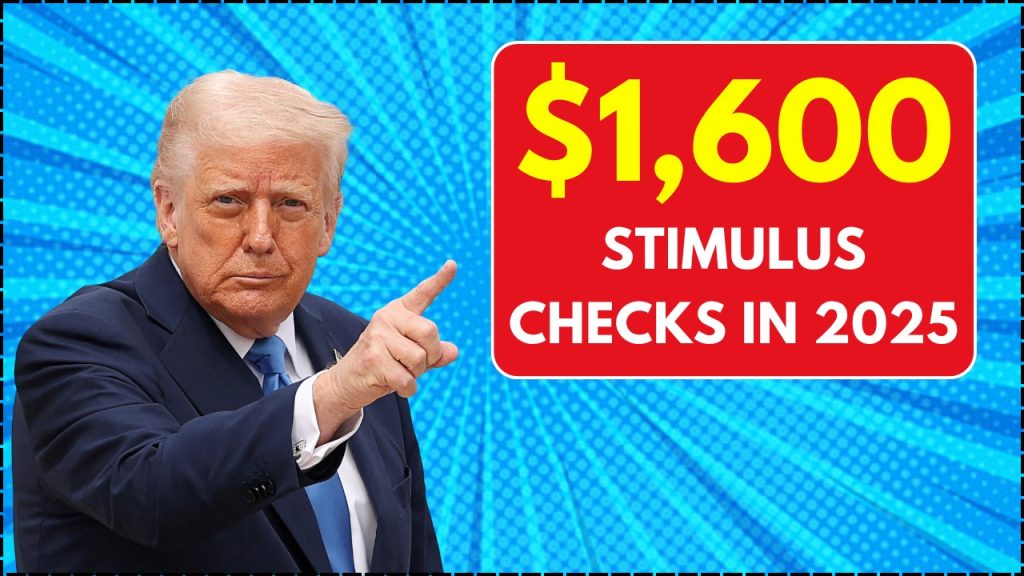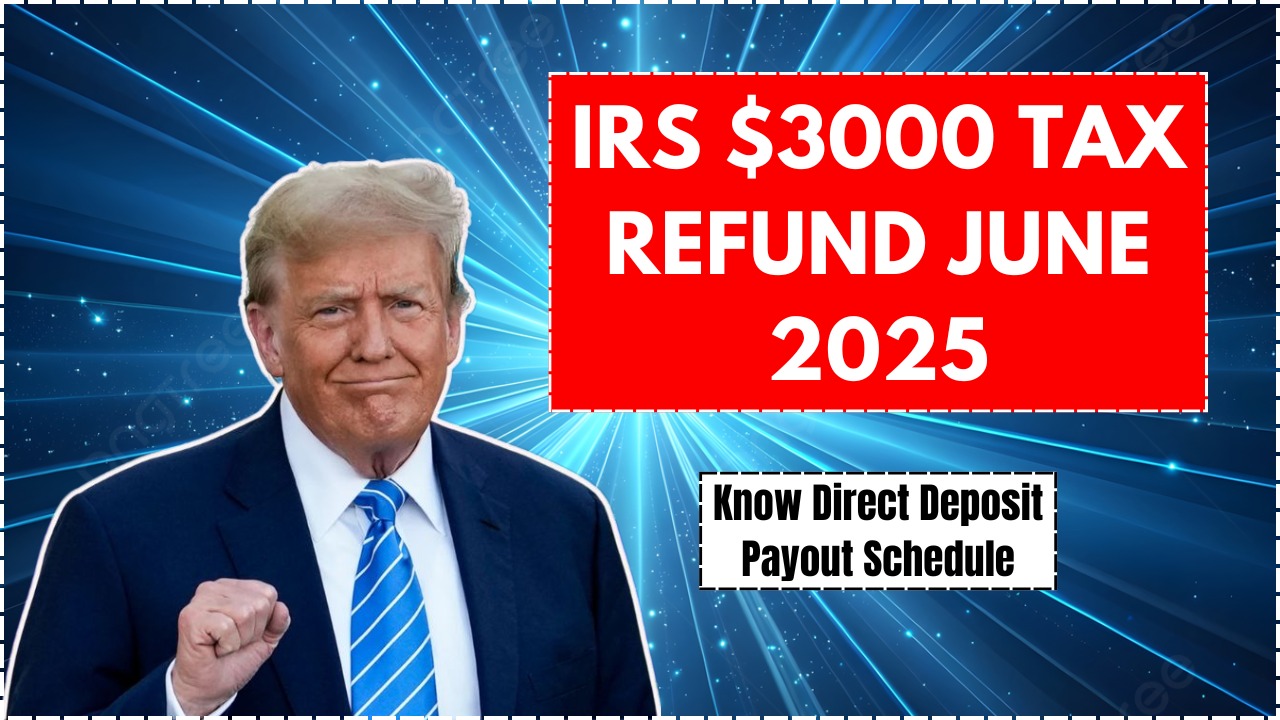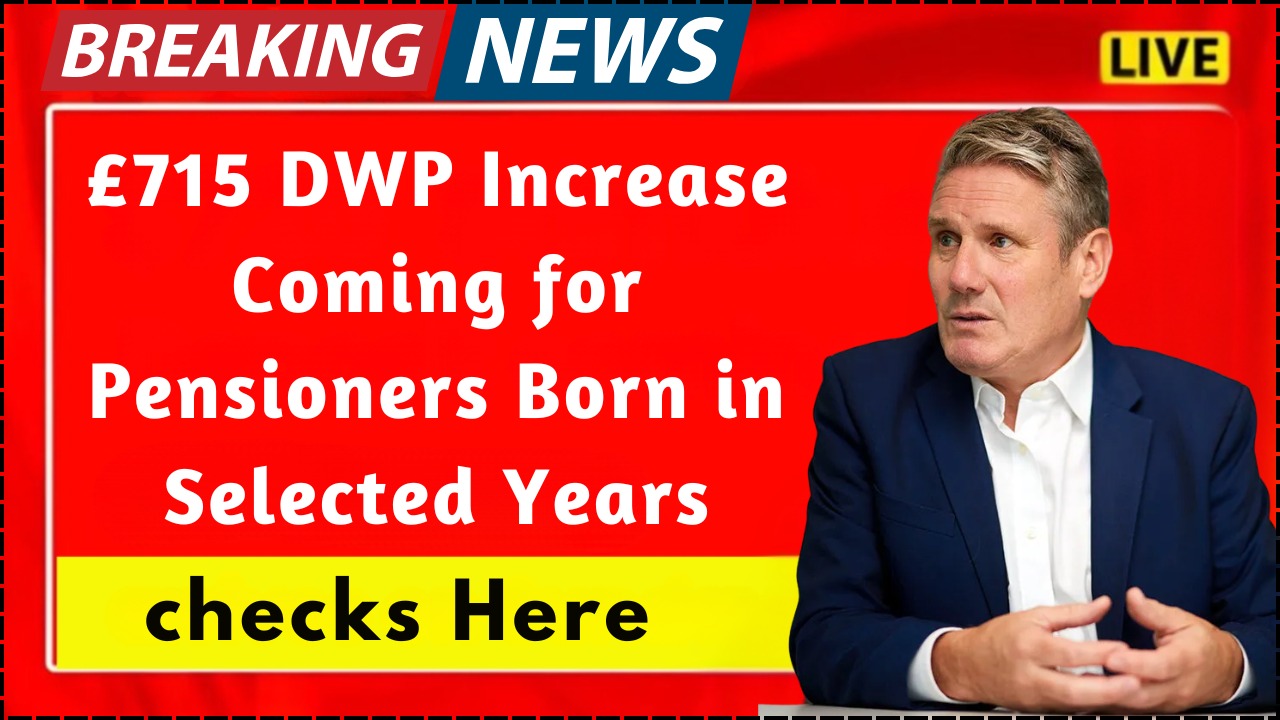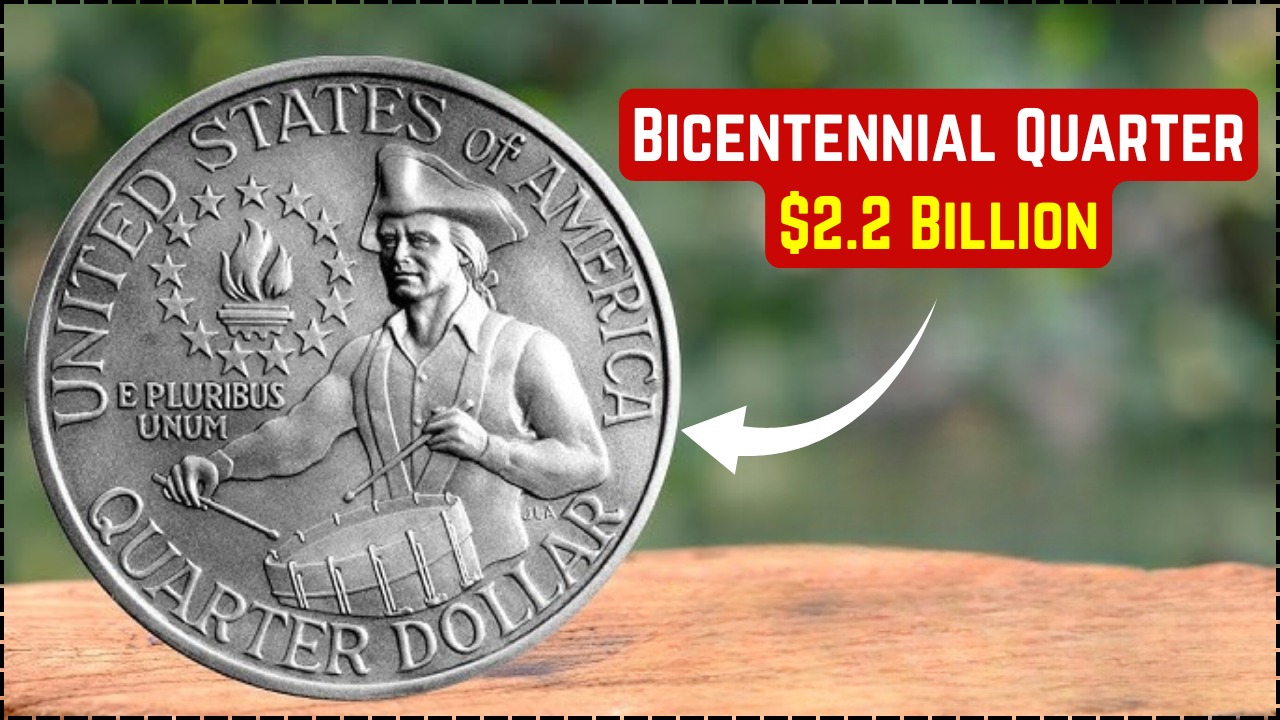
Social media is buzzing once again—this time with talk of $1,600 stimulus checks reportedly being issued in 2025. From Facebook groups and TikTok videos to obscure blogs, people are claiming that the U.S. government is preparing another round of financial relief for seniors, veterans, and struggling families.
But is any of this true?
Let’s break down everything you need to know: what’s being said, what’s actually confirmed, and how to protect yourself from scams tied to these rumors.
Table of Contents
Overview
| Category | Details |
|---|---|
| Official Status | No government confirmation or approved legislation |
| Eligibility | No verified criteria; rumors mirror older stimulus programs |
| Source of Claims | Unofficial channels—social media, blogs, and unverified news outlets |
| Scam Risk | High—fraudsters are exploiting the confusion |
| Where to Check Info | irs.gov, usa.gov |
| Current Outlook | No concrete signs of new checks; needs Congressional action |
Fact Check – $1,600 Stimulus Checks in 2025
There’s been no official announcement of $1,600 checks from any government entity—not the IRS, not the U.S. Treasury, and certainly not the White House.
What you’re seeing online mostly comes from unreliable sources. It’s a familiar pattern—similar to what happened in the past with rumored $2,000 stimulus checks or extra SNAP benefits that never came to fruition.
Just because something goes viral doesn’t mean it’s valid. If the government were distributing another stimulus, it would be shared publicly through legitimate channels—not via anonymous TikTok videos or sketchy blog posts.
The Official Status: Nothing Confirmed
As of now, there’s no pending bill, press release, or IRS bulletin mentioning $1,600 stimulus checks. Even the Department of Government Efficiency (DOGE)—yes, that’s a real federal department—has not issued any statement.
Here’s the truth: Any legitimate stimulus payment would require the following:
- Approval by Congress
- Budget allocation
- Coordination with the IRS and Department of Treasury
- An official rollout plan
That process isn’t simple or fast. Past stimulus efforts in 2020 and 2021 took months of planning and multiple steps of implementation before payments were delivered.
So far, none of that has happened in 2025.
Supposed Eligibility Criteria (Unverified)
Here’s what’s being shared in these online rumors:
- Must be a U.S. citizen
- Have filed 2021 taxes
- Not be undocumented
- Possibly claim dependents
These guidelines look familiar because they’re borrowed from earlier stimulus efforts under the CARES Act and American Rescue Plan. But they have no bearing right now because there’s no new stimulus bill tied to these requirements.
Be cautious: many scammers are using these unofficial criteria to make fake application sites seem legitimate.
Be Aware of Scams
Where confusion spreads, scams flourish.
If you’ve received messages, emails, or even phone calls telling you to “apply” or “register” for a $1,600 stimulus check, delete and ignore them. These are phishing attempts trying to steal your:
- Personal identity details
- Social Security Number
- Bank account information
Scammers use urgency tactics—like “Apply Now Before It’s Too Late”—to trick people. The U.S. government does not operate that way.
To stay safe:
Only trust updates from:
- IRS.gov
- USA.gov
- Official press releases and government social media accounts (look for the blue checkmarks)
Avoid:
- Clicking links from text messages or DMs
- Filling out personal information on unknown websites
- Paying any “processing fee” to receive government aid
How the Real Process Works (If a Stimulus Is Ever Announced)
If the government were to approve a new round of stimulus checks in 2025, here’s how it would actually happen:
| Step | What Happens |
|---|---|
| 1. Official Announcement | The IRS, Treasury, or White House confirms it |
| 2. Eligibility Criteria Set | Specific rules are published |
| 3. Application Details Shared | Public portals (like IRS Get My Payment) become available |
| 4. Timeline Released | Dates for direct deposit or mailed checks are given |
| 5. Payments Issued | Eligible people receive funds—no action needed unless tax info is outdated |
No pop-ups. No third-party registration. No “limited spots.”
Sources You Can Actually Trust
To track any real developments on future stimulus programs, bookmark the following:
- IRS.gov – The IRS manages all tax-related payments, including past stimulus efforts.
- USA.gov – This is the U.S. government’s central site for programs, applications, and verified news.
- Your state or local government’s website – Sometimes states offer their own relief programs.
Be skeptical of any blog that doesn’t cite official sources. If there’s no government link or press release, it’s likely just clickbait.
What’s the Outlook?
It’s true—people across the U.S. are still dealing with rising inflation, high rents, and increased grocery bills. Economic pressure is real, and many are hoping for additional support.
But here’s the reality: For a new federal stimulus to be issued, Congress must:
- Draft and pass a bill
- Allocate federal funds
- Coordinate implementation with government agencies
None of those steps have started.
So, while the hope for stimulus checks is understandable, the likelihood of $1,600 payments arriving anytime soon is very low unless political momentum changes drastically.
FAQs
Q1: Is the $1,600 stimulus check confirmed?
A = No, there is currently no official announcement or legislation for such a payment.
Q2: Do I need to apply for the $1,600 check?
A = No. Any real stimulus would not require third-party applications or fees.
Q3: Where should I check for stimulus updates?
Q4: Can scammers use fake stimulus offers to steal info?
A = Yes—never click on suspicious links or give out personal data online.





